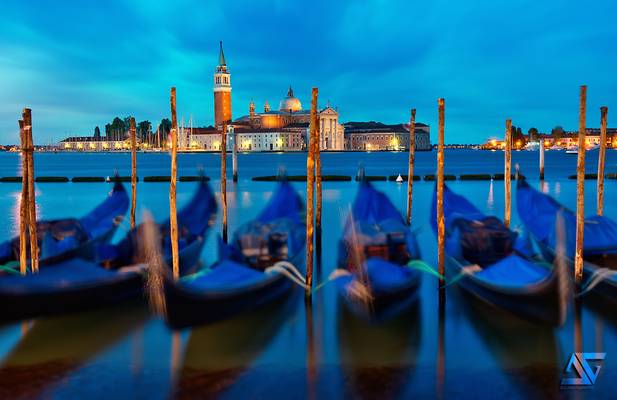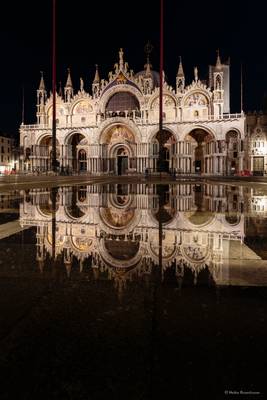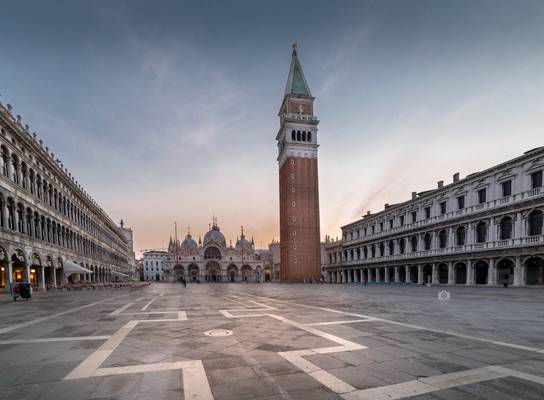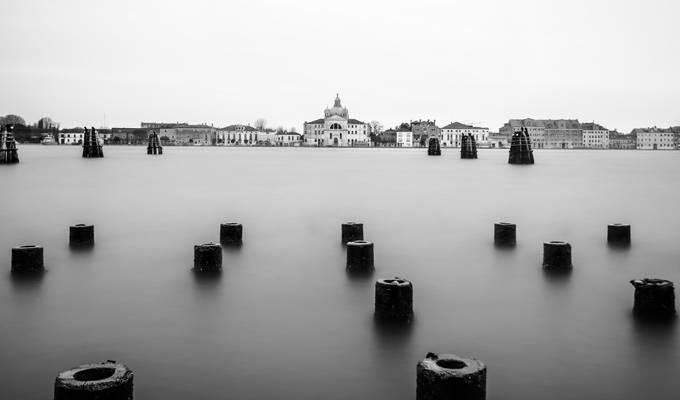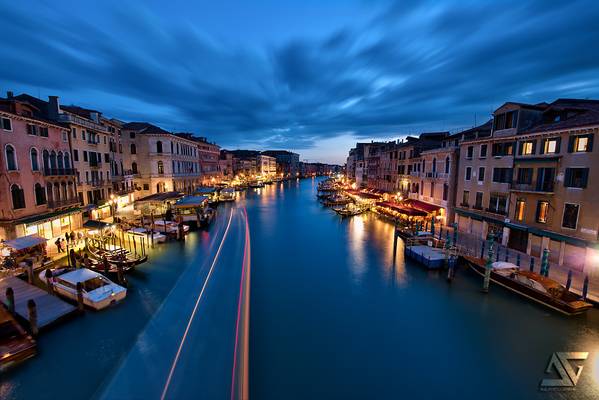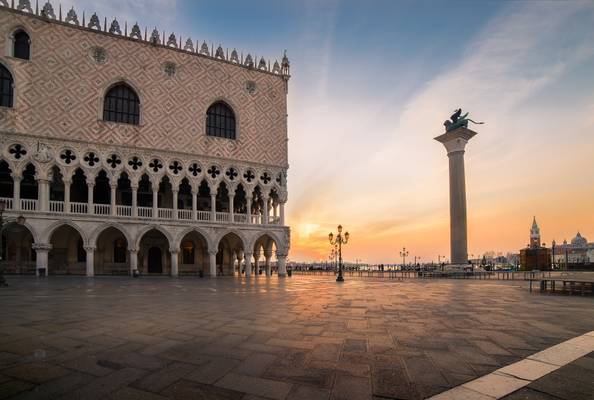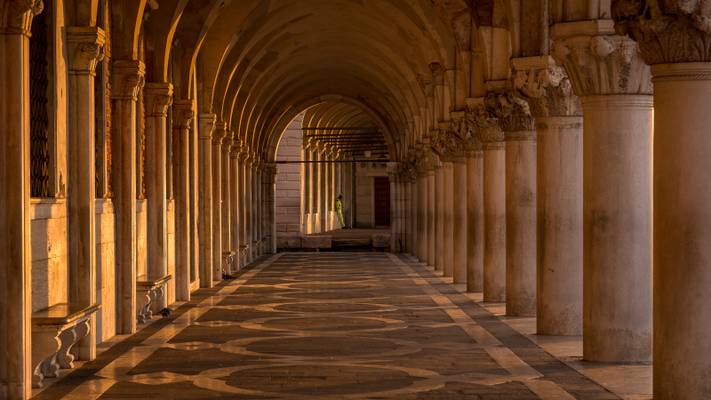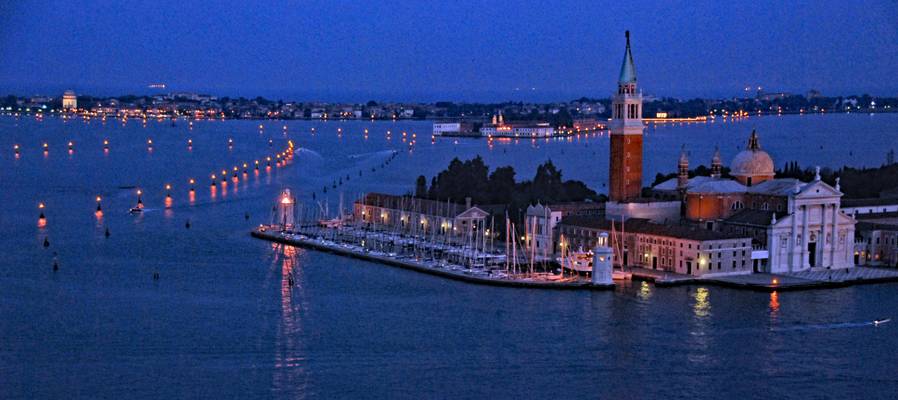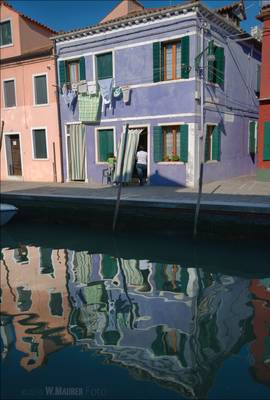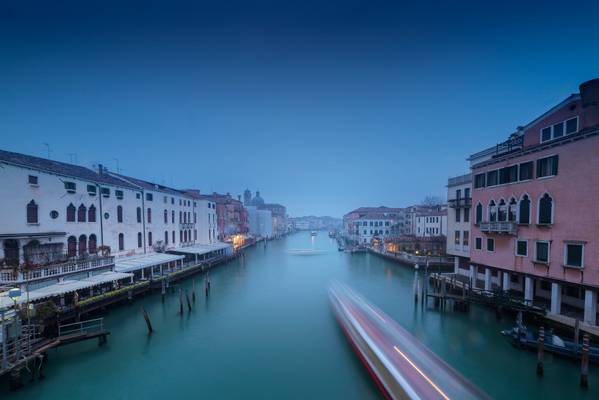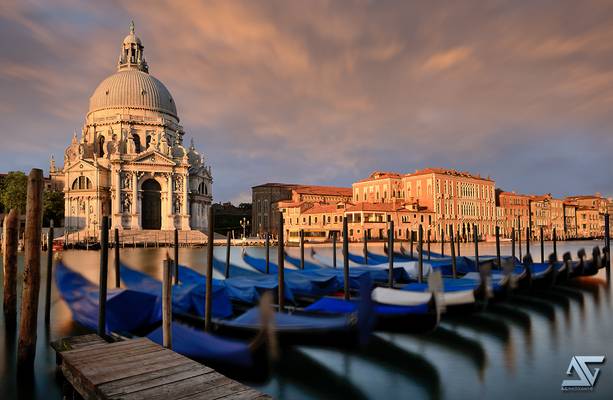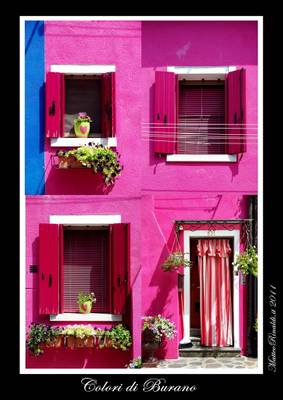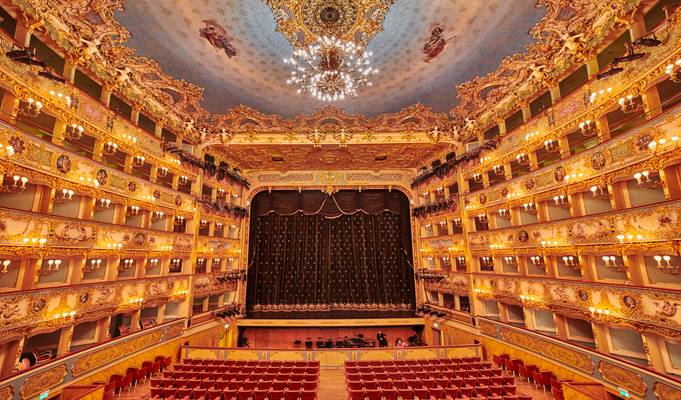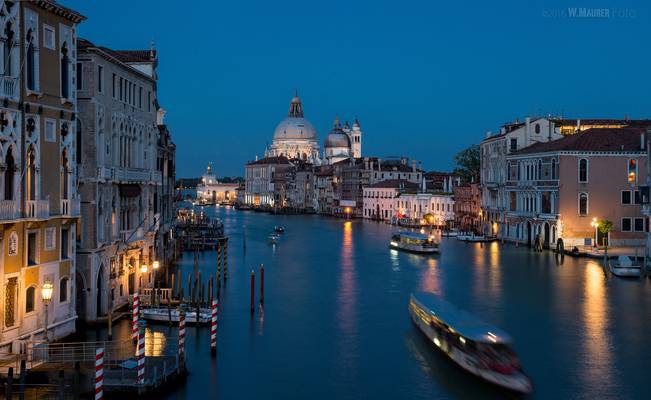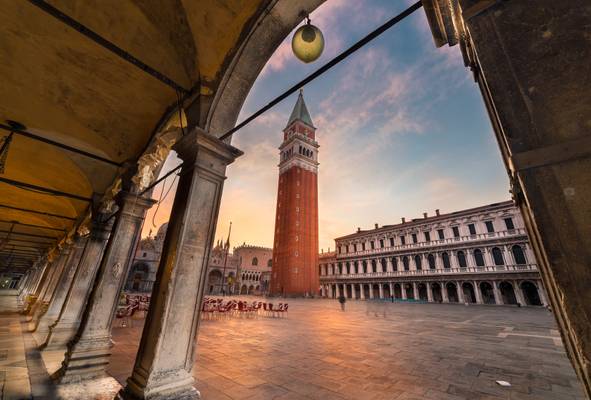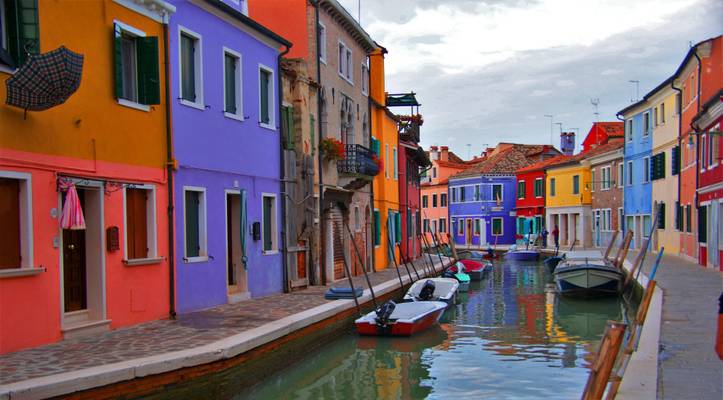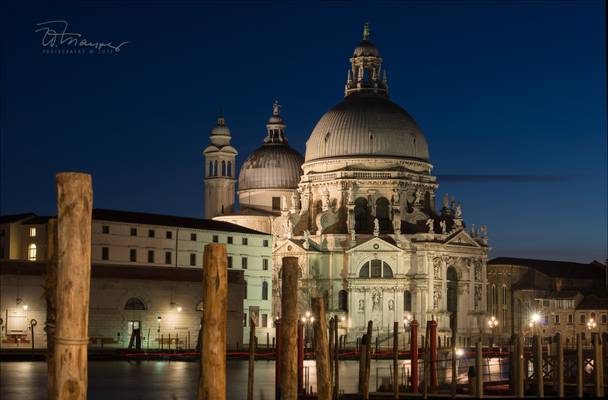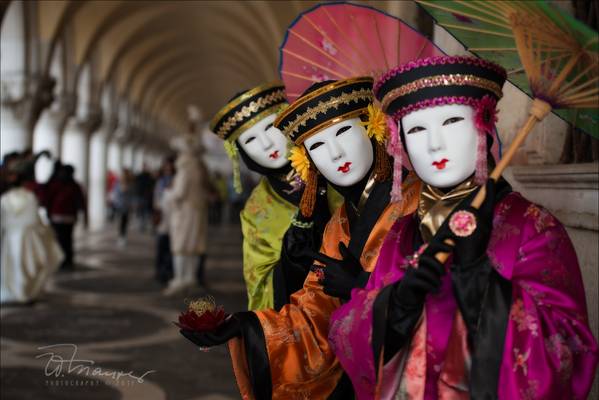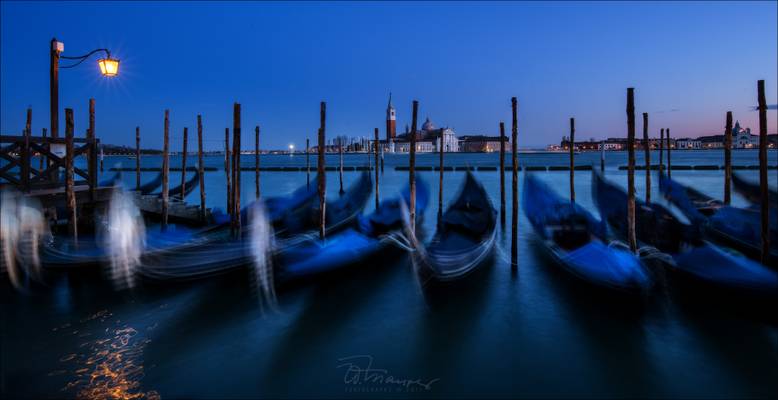
Venice
Venice, the capital of the Veneto region in Italy, is a city that is known for its stunning architecture, canals, and rich history. It is a popular destination for tourists and photographers alike, with its picturesque streets, bridges, and waterways providing endless opportunities for capturing beautiful images. Some of the most popular photography locations in Venice include the iconic St. Mark's Square, the Rialto Bridge, the Grand Canal, and the colorful island of Burano.
Photography regions of Venice
Photography of Venice
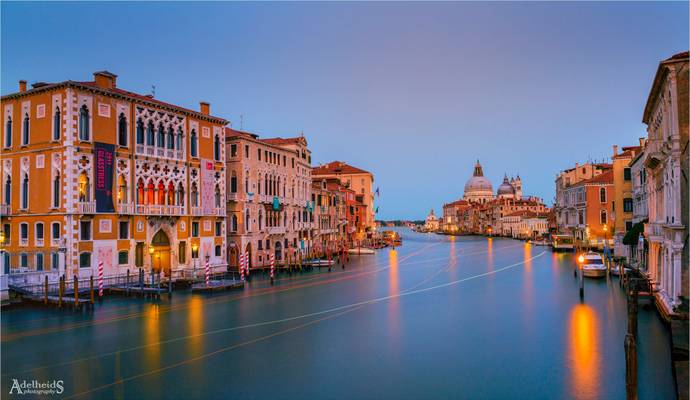
by Adelheid Smitt
A famous view, many have taken this shot, but as it was my first time in Venice I really wanted to shoot this view from the Accademia Bridge myself. In the morning there was fog, but the late afternoon cleared up beautifully.
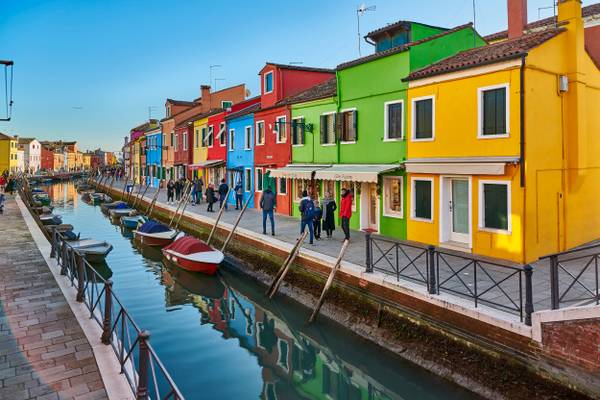
by Joao Eduardo Figueiredo
_DSC7294
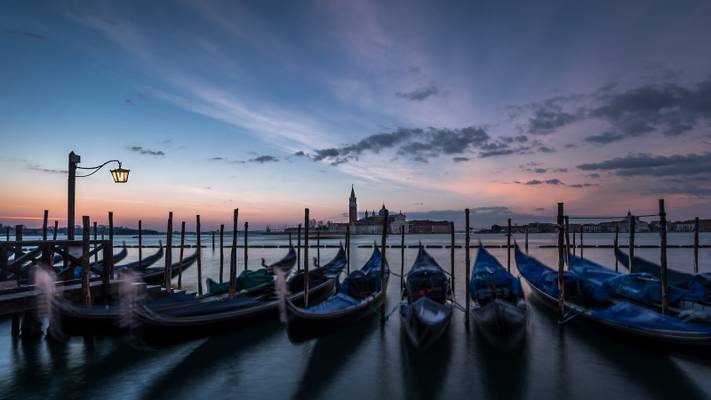
by Hilde Jüngst
View vom St. Mark´s Square to "San Giorgio Maggiore"
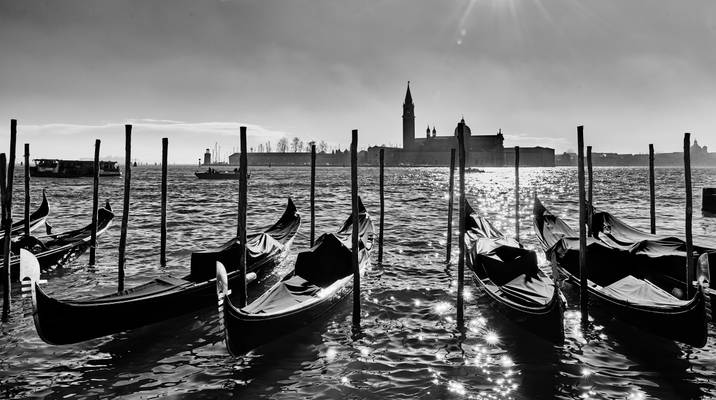
by Joao Eduardo Figueiredo
Basilica di San Giorgio Maggiore at dusk from Riva Degli Schiavoni
_DSC6797

by SIMON Hervé
Ponte di Rialto, Venezia, Italia www.fluidr.com/photos/125601701@N03/interesting
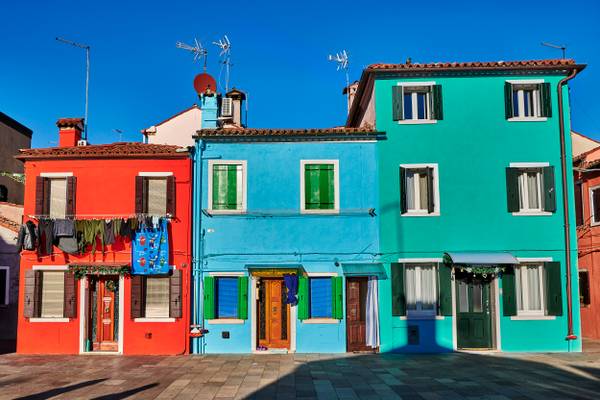
by Joao Eduardo Figueiredo
_DSC7317
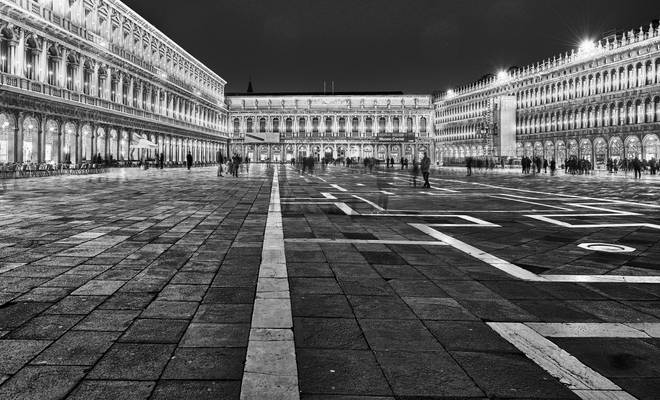
by Joao Eduardo Figueiredo
St Mark's Square
_DSC7441
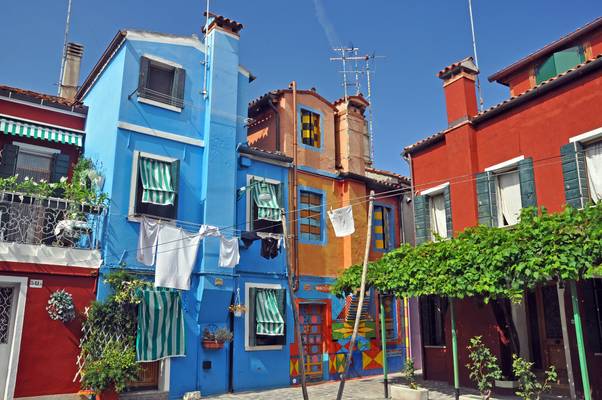
by SIMON Hervé
Casa di Bepi suà (Giuseppe Toselli), Burano Island, Venezia
hiveminer.com/User/Ciceruacchiowww.fluidr.com/photos/125601701@N03/interesting
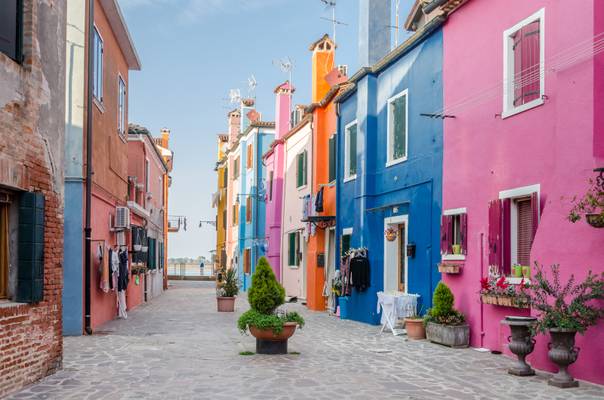
by Hilde Jüngst
Thank you for your kind comments and faves !
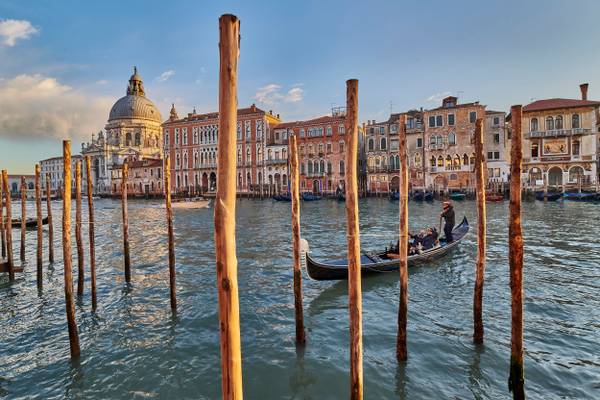
by Joao Eduardo Figueiredo
Basilica di Santa Maria della Salute and Grand Canal
_DSC7044
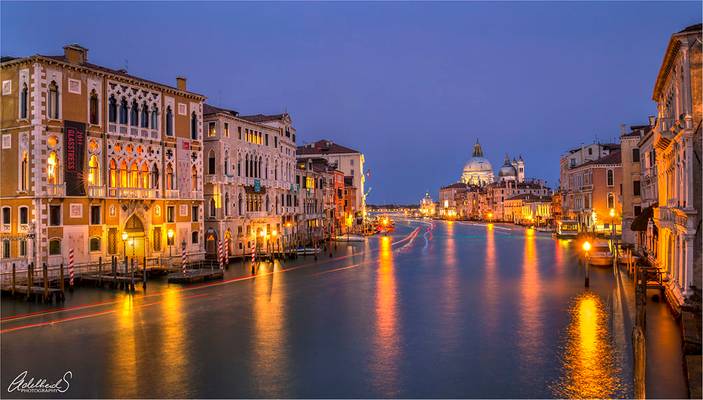
by Adelheid Smitt
Blue hour from the Ponte Dell'Accademia in Venice. One from the archives.
[#7 on explore 07/05/20]
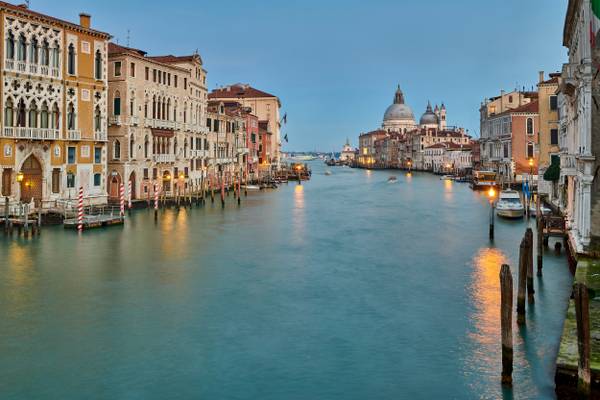
by Joao Eduardo Figueiredo
Basilica di Santa Maria della Salute and Grand Canal at dusk from Accademia Bridge
_DSC6742
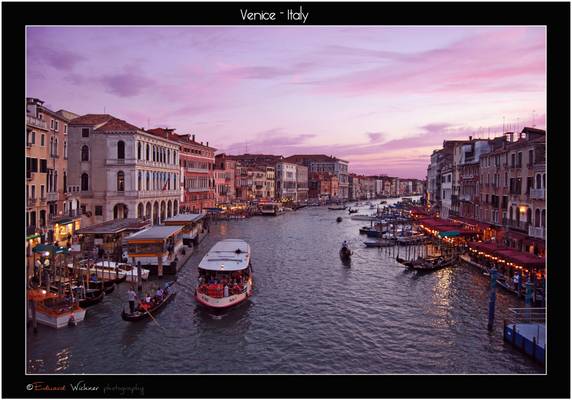
by Eduard Wichner
Venice (Italian: Venezia; Venetian: Venexia; (Latin: Venetia)) is a city in northeastern Italy sited on a group of 118 small islands separated by canals and linked by bridges. It is located in the marshy Venetian Lagoon which stretches along the shoreline between the mouths of the Po and the Piave Rivers. Venice is renowned for the beauty of its setting, its architecture and its artworks. The city in its entirety is listed as a World Heritage Site, along with its lagoon. Venice is the capital of the Veneto region. In 2009, there were 270,098 people residing in Venice's comune (the population estimate of 272,000 inhabitants includes the population of the whole Comune of Venezia; around 60,000 in the historic city of Venice (Centro storico); 176,000 in Terraferma (the Mainland), mostly in the large frazioni of Mestre and Marghera; 31,000 live on other islands in the lagoon). Together with Padua and Treviso, the city is included in the Padua-Treviso-Venice Metropolitan Area (PATREVE), with a total population of 1,600,000. PATREVE is only a statistical metropolitan area without any degree of autonomy. The name is derived from the ancient Veneti people who inhabited the region by the 10th century BC. The city historically was the capital of the Venetian Republic. Venice has been known as the "La Dominante", "Serenissima", "Queen of the Adriatic", "City of Water", "City of Masks", "City of Bridges", "The Floating City" and "City of Canals". Luigi Barzini described it in The New York Times as "undoubtedly the most beautiful city built by man". Venice has also been described by the Times Online as being one of Europe's most romantic cities. The Republic of Venice was a major maritime power during the Middle Ages and Renaissance, and a staging area for the Crusades and the Battle of Lepanto, as well as a very important center of commerce (especially silk, grain, and spice) and art in the 13th century up to the end of the 17th century. This made Venice a wealthy city throughout most of its history. It is also known for its several important artistic movements, especially the Renaissance period. Venice has played an important role in the history of symphonic and operatic music, and it is the birthplace of Antonio Vivaldi.
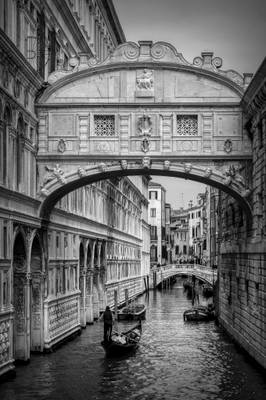
by Alan Taylor
My website: Deep Mono Photography
The Bridge of Sighs (Italian: Ponte dei Sospiri) is a bridge located in Venice, northern Italy. The enclosed bridge is made of white limestone and has windows with stone bars. It passes over the Rio di Palazzo and connects the New Prison (Prigioni Nuove) to the interrogation rooms in the Doge's Palace. It was designed by Antonio Contino (whose uncle Antonio da Ponte had designed the Rialto Bridge) and was built in 1600.
The view from the Bridge of Sighs was the last view of Venice that convicts saw before their imprisonment. The bridge name, given by Lord Byron in the 19th century, comes from the suggestion that prisoners would sigh at their final view of beautiful Venice through the window before being taken down to their cells. In reality, the days of inquisitions and summary executions were over by the time the bridge was built and the cells under the palace roof were occupied mostly by small-time criminals. In addition, little could be seen from inside the Bridge due to the stone grills covering the windows. - Wikipedia
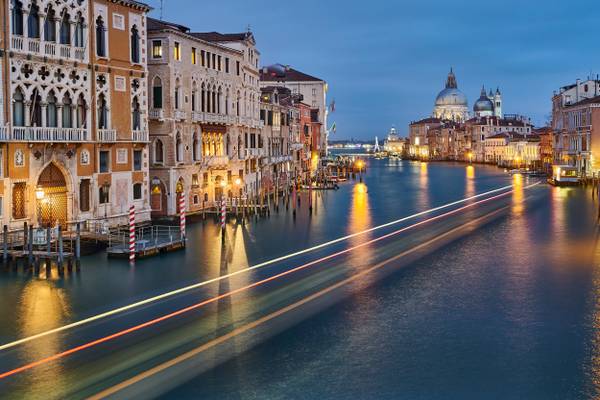
by Joao Eduardo Figueiredo
Basilica di Santa Maria della Salute and Grand Canal at dusk from Accademia Bridge
_DSC6771
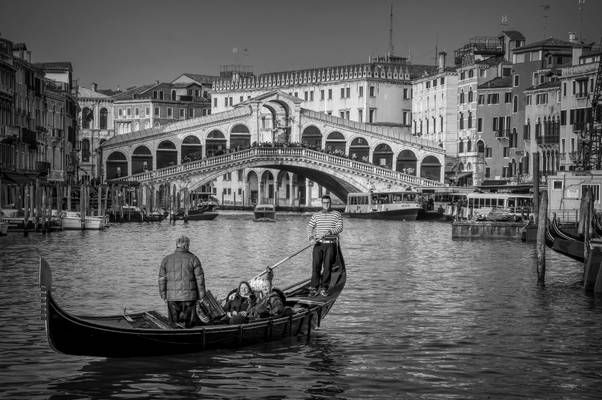
by Alan Taylor
My website: Deep Mono Photography
The first dry crossing of the Grand Canal was a pontoon bridge built in 1181 by Nicolò Barattieri. It was called the Ponte della Moneta, presumably because of the mint that stood near its eastern entrance.
The development and importance of the Rialto market on the eastern bank increased traffic on the floating bridge, so it was replaced in 1255 by a wooden bridge. This structure had two inclined ramps meeting at a movable central section, that could be raised to allow the passage of tall ships. The connection with the market eventually led to a change of name for the bridge. During the first half of the 15th century, two rows of shops were built along the sides of the bridge. The rents brought an income to the State Treasury, which helped maintain the bridge. Maintenance was vital for the timber bridge. It was partly burnt in the revolt led by Bajamonte Tiepolo in 1310. In 1444, it collapsed under the weight of a crowd watching a boat parade and it collapsed again in 1524.
The idea of rebuilding the bridge in stone was first proposed in 1503. Several projects were considered over the following decades. In 1551, the authorities requested proposals for the renewal of the Rialto Bridge, among other things. Plans were offered by famous architects, such as Jacopo Sansovino, Palladio and Vignola, but all involved a Classical approach with several arches, which was judged inappropriate to the situation. Michelangelo also was considered as designer of the bridge. The present stone bridge, a single span designed by Antonio da Ponte, was finally completed in 1591. It is similar to the wooden bridge it succeeded. Two inclined ramps lead up to a central portico. On either side of the portico, the covered ramps carry rows of shops. The engineering of the bridge was considered so audacious that architect Vincenzo Scamozzi predicted future ruin. The bridge has defied its critics to become one of the architectural icons of Venice. Wikipedia
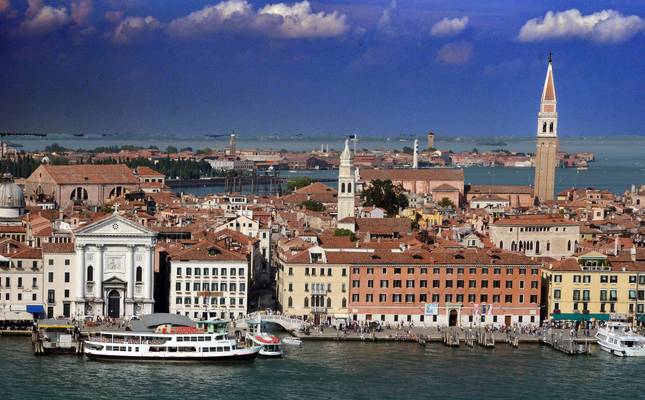
by SIMON Hervé
Chiesa della Pietà, Ponte della Pietà, S. Francesco della Vigna, Riva degli Schiavoni www.fluidr.com/photos/125601701@N03/interesting
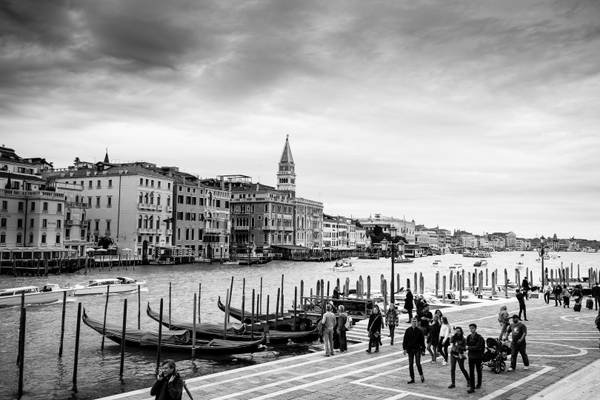
by Jakub Slováček
Venice - Grand Canal / Venezia - Canal Grande / Venesia - Canal Grando
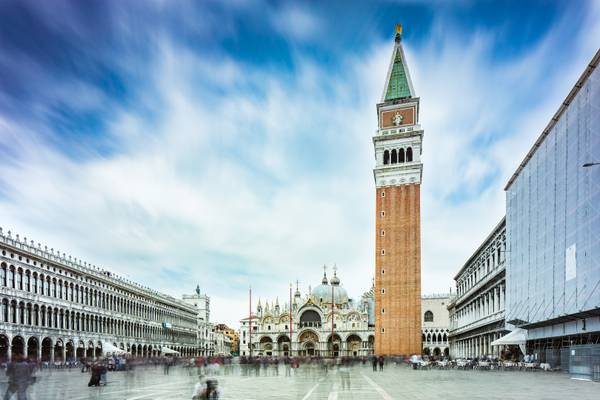
by Jakub Slováček
Piazza San Marco, Basilica Cattedrale Patriarcale di San Marco
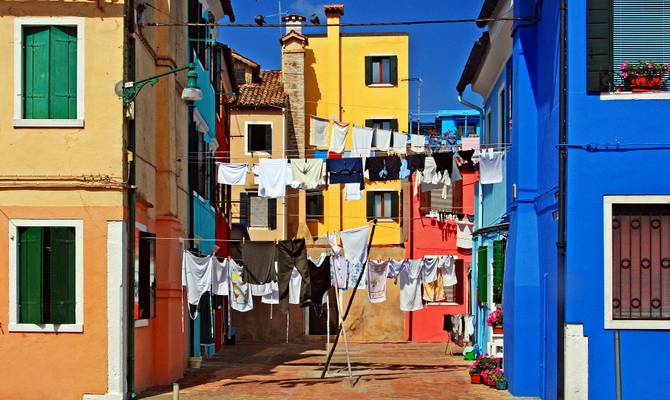
by SIMON Hervé
Buona Festa Nazionale a tutti gli Italiani ! Burano, Venezia, Italia www.fluidr.com/photos/125601701@N03/interesting
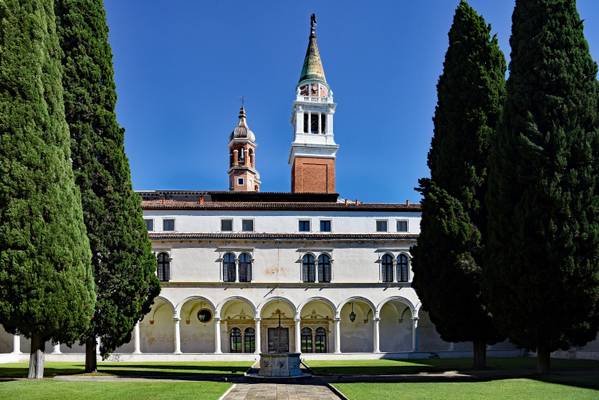
by SIMON Hervé
San Giorgio Maggiore, Chiostro dei Cipressi, Venezia, Italia www.fluidr.com/photos/125601701@N03/interesting
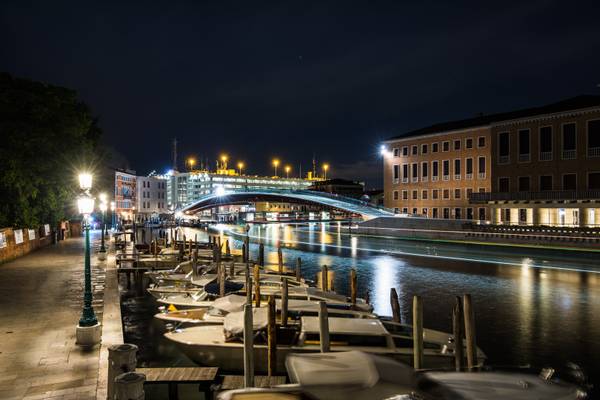
by Jakub Slováček
Ponte della Costituzione přes Canal Grande
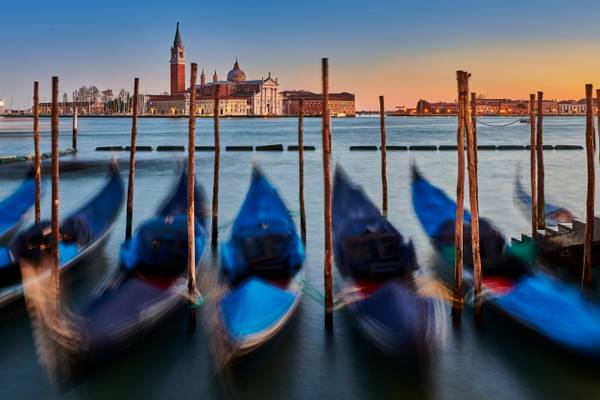
by Joao Eduardo Figueiredo
Basilica di San Giorgio Maggiore from Riva Degli Schiavoni
_DSC7396
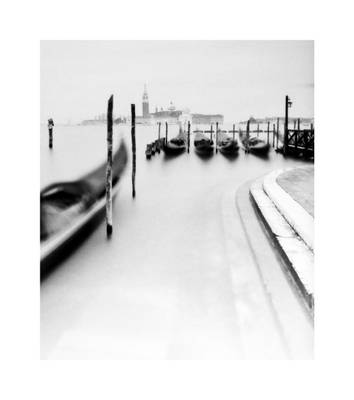
by Christian Seifert
Pentax 645N, 35mm lens on Medium Format Film.

by Salvatore Petrantoni
Accomi all'alba nella serenissima alla ricerca di una immagine che possa ricordarmela.
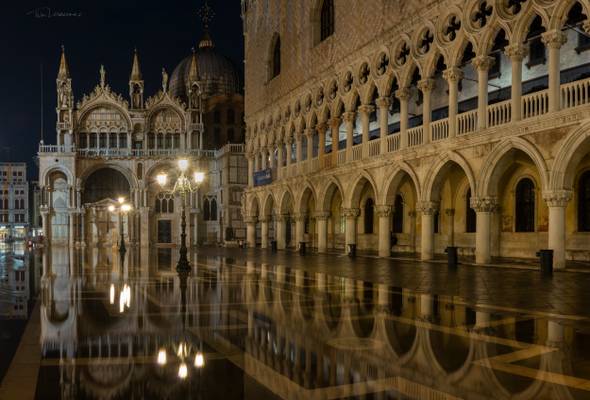
by Walter Maurer
The Basilica San Marco and the Doge's Palace at "acqua alta" at night. A magical reflection.
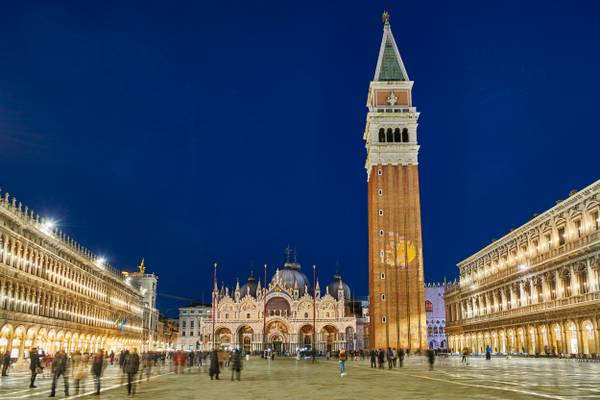
by Joao Eduardo Figueiredo
St Mark's Square
_DSC7426
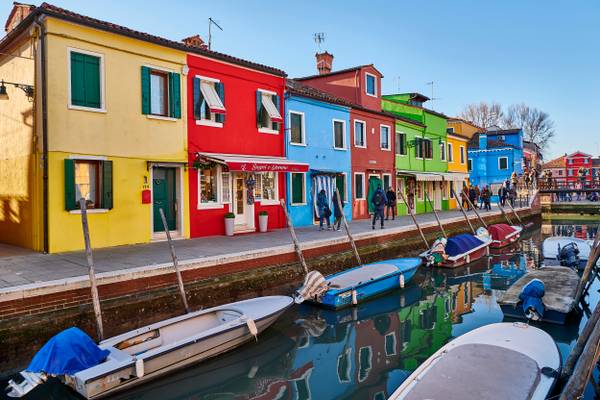
by Joao Eduardo Figueiredo
_DSC7321

by Hilde Jüngst
View from Basilica Santa Maria della Salute to San Marco
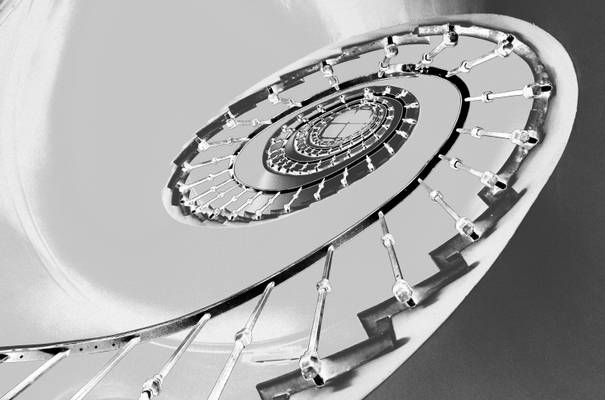
by SIMON Hervé
Scala ovale (Tomaso BUZZI architetto). Palazzo CINI, San Vio, Venezia, Italia.
www.fluidr.com/photos/125601701@N03/interestingwww.flickriver.com/photos/125601701@N03/
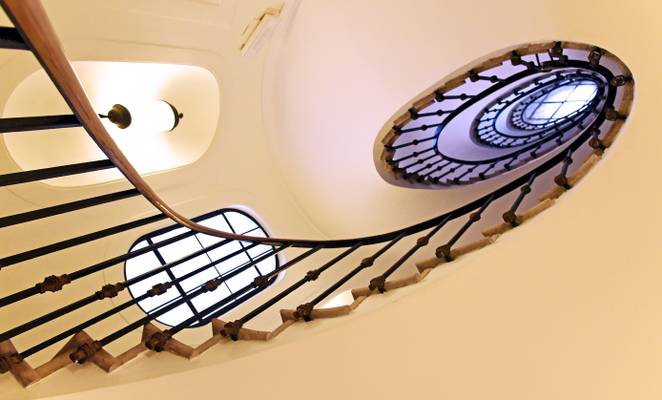
by SIMON Hervé
Scala ovale (Tomaso BUZZI architetto). Palazzo CINI, San Vio, Venezia www.fluidr.com/photos/125601701@N03/interesting
Thanks to all Phoide contributors to Venice!
Most notably Joao Eduardo Figueiredo, SIMON Hervé, AG PHOTOGRAPHE, Michele Naro, Hilde Jüngst, Heike Rosenbaum, Walter Maurer and Jakub Slováček.
